Exhibition on the Theme
‘Beyond 60°S’ Exhibition
30 August – 30 November 2018
![]()
Selected Current Mineral Deposits on the Fragments of Supercontinent ‘Gondwana’
Source:Craddock (1990)
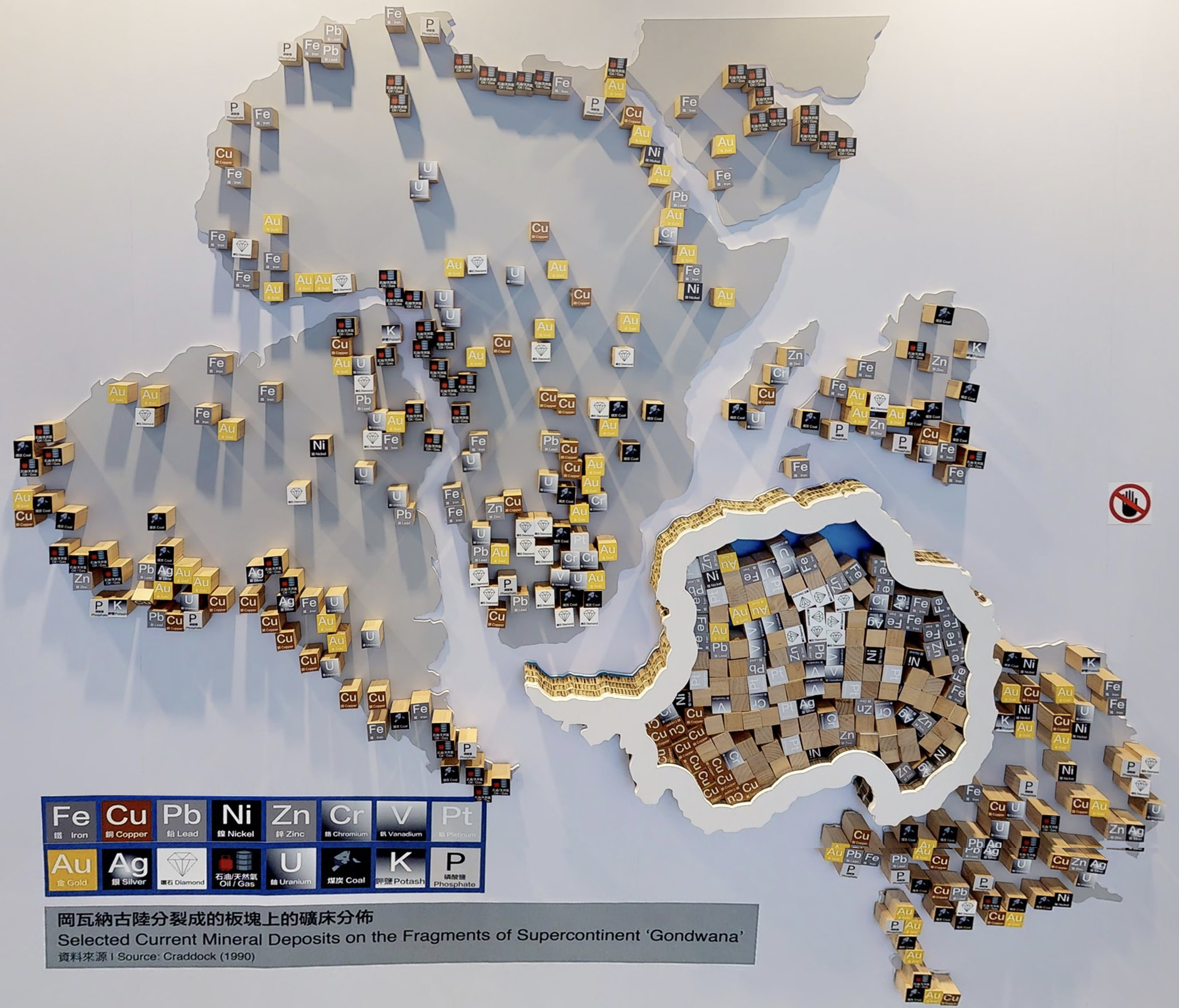
Map of drifting continents in the past 180 million years |
||
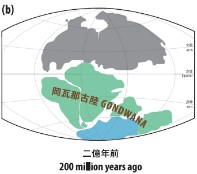 |
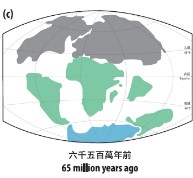 |
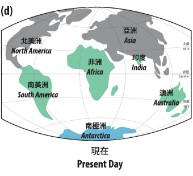 |
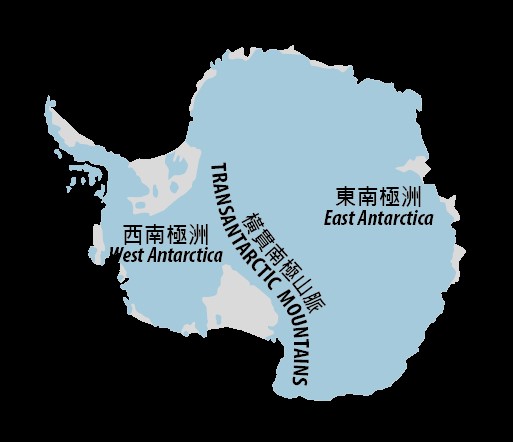 |
Antarctica is not a single landmass. Based on geological differences, it is conventionally divided into East Antarctica and West Antarctica. Continental East Antarctica is an ancient landmass with a geological history that goes back as far as 3 billion years. West Antarctica, by contrast, is made up of a number of relatively small plate fragments and volcanoes, and has a geological history of less than 200 million years. |
Study of the Antarctic geology indicates that Antarctica, with Africa, South America, India and Australia, once formed part of the supercontinent of Gondwana, which began to drift apart some 180 million years ago.
Antarctica is the last continent on Earth without mining activities. It is also the only continent where no mineral deposits have been explored by drilling.
A correlation of the geology of Antarctica with the other constituent fragments of Gondwana indicates that, like them, it contains significant amounts of mineral and hydrocarbon resources. However, both for physical reasons (because it is too cold and remote) and for political reasons (see ‘Antarctic Treaty System and Environment Protocol’ section), these resources are not being exploited at the present time.
Africa, South America, India and Australia, all of which fragmented from the former supercontinent of Gondwana, contain rich resources of iron, gold, uranium, copper, chromium, zinc, lead, nickel, platinum group minerals, diamond and hydrocarbon such as coal, oil and gas. It is highly probable that mineral and hydrocarbon deposits comparable with those that exist in the other fragments of Gondwana are present in Antarctica, both in the continental landmass and in the offshore continental shelf. Indeed, a number of sites of mineralization have already been identified through scientific research, though most of them would be uneconomic to mine under present conditions.
Although it is widely felt that mining development is not economically feasible at present, the possibility of mineral and hydrocarbon exploitation in the future cannot be ruled out. Climate change might make Antarctica more accessible and mineral exploration easier. Global demand for minerals and hydrocarbons might escalate, making exploitation of the resources of the Antarctic economically viable. The indefinite ban on mining activities enshrined in the Environmental Protocol, whose provisions are due to be reviewed after 2048, might be annulled.
For further interests, more information is available from The Antarctic of our sustainability hub.
#Antarctic Mining #Contested Antarctica #Antarctic Oil Reserve
A well-curated resources hub packed with information on environmental protection, climate change and sustainable development, and designed to inspire the public to take action to combat climate change.
